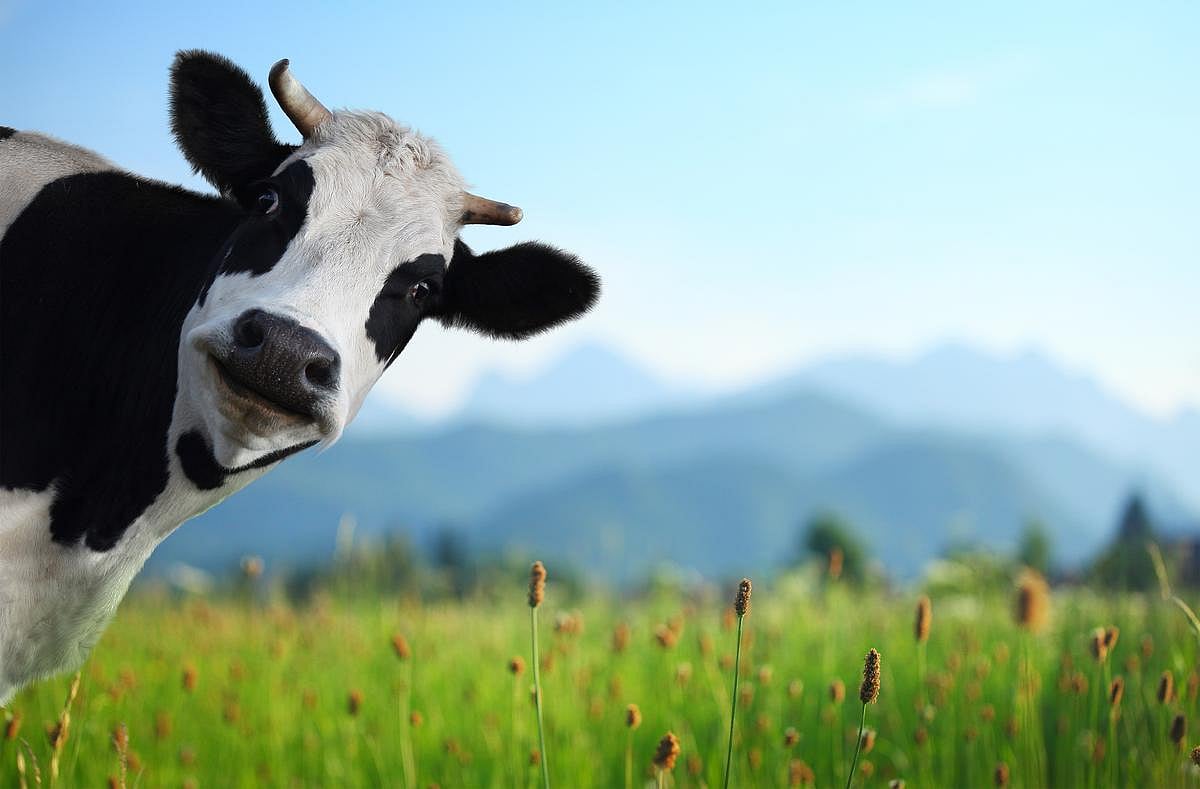Three of 150 practitioners had antibodies to HPAI A(H5), including one who worked in states without previous reports of HPAI A(H5) in cattle
By Elana Gotkine HealthDay Reporter
FRIDAY, Feb. 14, 2025 (HealthDay News) — Seroprevalence of highly pathogenic avian influenza (HPAI) A(H5) virus infection has been identified among bovine veterinary practitioners, according to research published in the Feb. 13 issue of the U.S. Centers for Disease Control and Prevention Morbidity and Mortality Weekly Report.
Noting that the current outbreak of HPAI A(H5) clade 2.3.4.4.b viruses, genotype B3.13 was first detected among dairy cattle in March 2024, with human cases identified among dairy workers in April, Jerome Leonard, M.D., M.P.H., from the CDC in Atlanta, and colleagues examined the prevalence of HPAI A(H5) infection among 150 U.S. bovine veterinary practitioners.
The researchers found that 55 percent of survey participants practiced in states with HPAI A(H5) virus-positive dairy herds and 17 percent worked with dairy cattle with known or suspected infections. Three survey participants (2 percent) had antibodies to HPAI A(H5), indicative of recent HPAI A(H5) infection. There were no reported respiratory or influenza-like symptoms, including conjunctivitis, among the practitioners with positive serology results. All three provided care to multiple animals, including dairy cattle. None worked with dairy cattle with known or suspected HPAI A(H5) infection, but one worked with poultry positive for HPAI A(H5). Two reported practicing in multiple states and two practiced in states with known HPAI A(H5) infection among cattle. One reported providing care only in Georgia and South Carolina, which had not previously reported HPAI A(H5) infection in dairy cattle. All participants reported wearing gloves or a clothing cover when providing veterinary care to cattle; none reported wearing respiratory or eye protection.
“These findings suggest that there might be HPAI A(H5) virus-infected dairy cattle in states where infection in dairy cattle has not yet been identified,” the authors write.
Copyright © 2025 HealthDay. All rights reserved.








